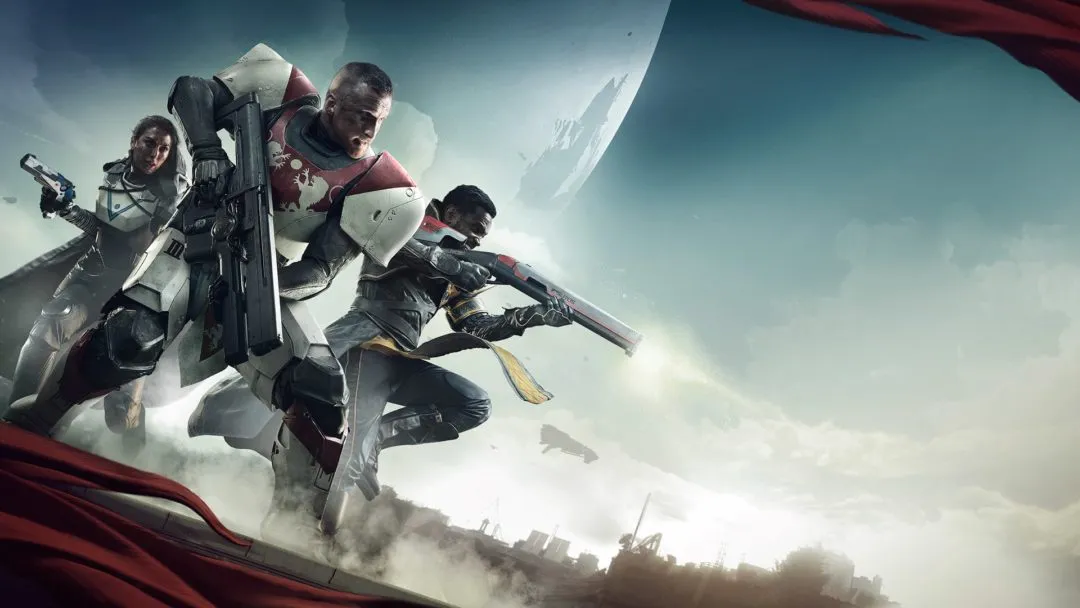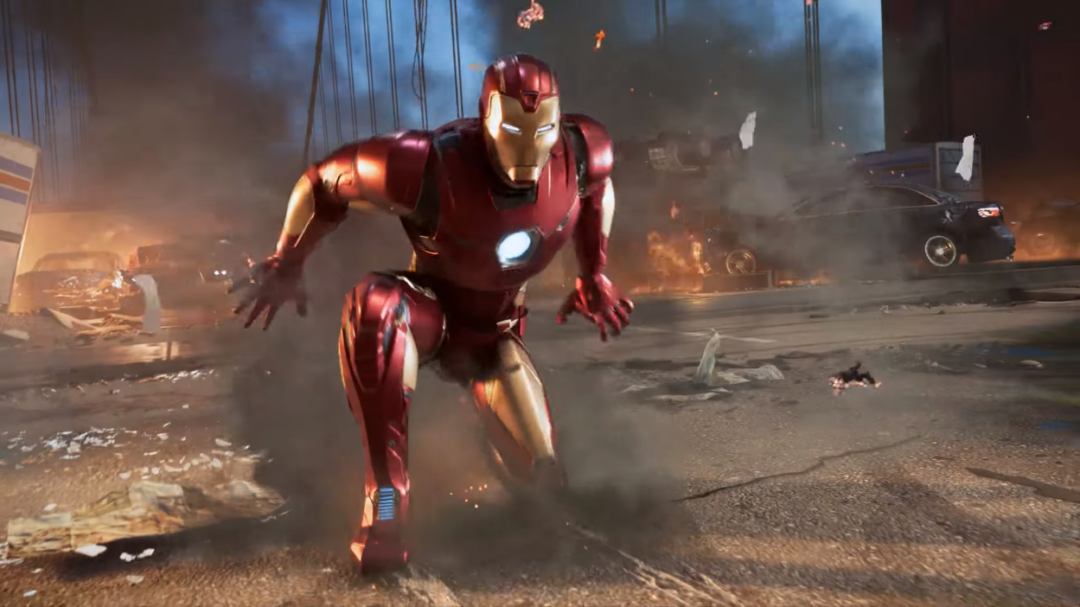
Now that the dust has settled around the entire Xbox One controversy and we’re all done heaping shame on the folks in Redmond, I’d like to offer some constructive feedback and some earnest advice. The Xbox One is scheduled to come out at the end of this year. That’s not a lot of time to make changes, but Microsoft must get this console right.
On one hand it’s getting harder to speed computers up, and on the other hand those speed gains are doing less and less for visuals which are – for better or for worse – how people judge the relative worth of each generation. This means that the next console generation is going to be long, even longer than the current one. This means the next Xbox must be prepared for the long haul.
Here is my advice to the folks at Microsoft:
1. Change the name.
I know that marketing is really proud of themselves for coming up with “Xbox One”, but this name was a bad idea from the start. It confuses the conversation when people are trying to talk about the first Xbox and the disparaging “Xbone” nickname is never going to go away.
Now the name is irrevocably tainted by the past few months of controversy, bad press, and PR bungling. Giving the console a new name would be a great cost-free way to unload all that baggage, show customers that you’re making changes, and also get people curious about the device again. It’s a good way of symbolically calling a “do over” in the minds of the public, even if you don’t actually change all that much.
2. Future-proof it.
I’m telling you: Backwards compatibility is going to make someone rich. I know the massive hardware change is making it impractical for the Xbox and Playstation to support the previous generation, but without support for your back catalog your console is a giant gamble based around launch titles.
I’ve said before that a user with a large games library is going to have incredible brand loyalty. It’s basically a soft, incremental lock-in that grows over time. But that lock-in vanishes the moment you drop backwards compatibility.
It’s too late for compatibility between Xbox 360 and Xbox One, but make sure that doesn’t happen again. It should be pretty clear where hardware is going over the next few years. Make sure you don’t burn any bridges when you’re designing your hardware and developer tools.
3. Actually support indies.
Don’t brag about having Minecraft on your platform and pretend you’re supporting indies. Minecraft is one of the most successful videogames in history, and it came to the PC first. It is now worth hundreds of millions and runs on many platforms. At this point it’s no more indie than Rage.
“Supporting Indies” doesn’t mean giving people a platform where they can play Minecraft. It means offering a platform where the next Minecraft can happen. Don’t chase the big hit of 2011, look for a way to enable the big hit of 2014 and make sure it happens on Xbox. That means keeping the barriers to entry low, the dev kits affordable, and the storefront accessible. So, basically doing the opposite of what you’re doing now.
4. Make the Kinect less scary.
Look, I know that the Kinect isn’t actually going to take everything that happens in the user’s living room and upload it to YouTube, but combining an always-on camera with an always-connected console is going to make people uneasy, and people don’t usually spend $500 USD on things that freak them out and make them uncomfortable. Yes, being online is now optional but we both know you don’t want people to choose to unplug.
People are worried about security and you need to deal with it. Look for ways to make it clear to the user when the camera is on. Maybe use a small light. Maybe have the camera physically look away when it’s not actively “watching” for user input, or have an “eyelid” cover the lens. Anything to make it clear to the user that the device isn’t watching them when they’re not using it. Remember that people use their living rooms for things besides using the Xbox and you should respect the space they’re giving your product in their home.
5. Don’t confuse digital and physical products.
While there aren’t any hard rules on how things need to work, most people have some kind of rough idea about what they expect from their physical and digital products. They want their game discs to work like a book or movie where they can be lent, gifted, and sold at will. They want their digital stuff to work like iTunes and Steam where they can re-download at will and buy with just a couple of clicks.
And don’t make the mistake that Origin made and think that “being like Steam” means “has online DRM”. That’s what Steam means to YOU, but to the user it means simple convenience. Nobody wants to look at a flowchart to know if they will be able to run a game at their friend’s house and nobody wants to go through a horrific obstacle course to buy DLC. However you decide the system works, it must be painless and intuitive.
I’m saying that you should not let the people who designed Games for Windows LIVE anywhere near the thing. Actually, you should probably fire those people.
I am not joking.
6. Make the hardware rock-solid reliable.
You launched the 360 with unreliable hardware and the resulting Red Ring of Death was a huge expense and PR nightmare for years. I bought one of the second-run 360s that was supposedly fixed and it died after eighteen months of very sparse use. (For comparison, our decade-old PS2 is still going strong.)
The only reason this debacle didn’t bury you was that the PS3 had a really weak library to start with and their console was significantly more expensive. This time you’re the one with the scary price tag.
7. Better to launch late than to launch poorly.
It’s no exaggeration to say that billions of dollars are on the line. You can’t afford to get this wrong. Pushing the Xbone back to 2014 would cost you tons of money, but launching with a weak device will cost you everything.
Don’t rush this. Make sure the device is ready.
Shamus Young has a blog, a book, a podcast, a let’s play series, and he has no sense of platform loyalty.





Published: Jul 9, 2013 07:00 pm